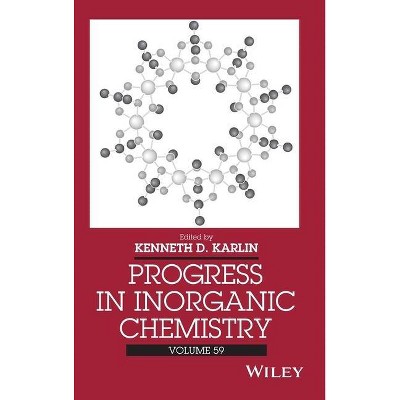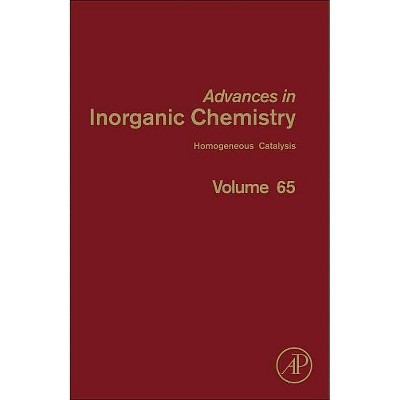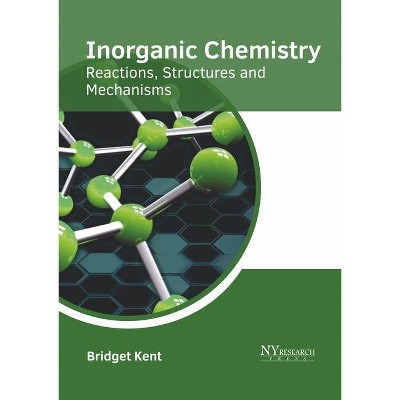The Chemistry of Inorganic Biomaterials - (ISSN) by Christopher Spicer (Hardcover)

Similar Products
Products of same category from the store
AllProduct info
<p/><br></br><p><b> About the Book </b></p></br></br>This book overviews the underlying chemistry behind the most common and cutting-edge inorganic materials in current use, or approaching use, in vivo.<p/><br></br><p><b> Book Synopsis </b></p></br></br>Biomaterials offer the potential to restore and supplement the function of tissues and organs following injury or disease. The use of inorganic materials in the clinic to date has been widespread, in the form of metallic joint replacements and ceramic dental and bone implants. Exciting new medical applications continue to emerge, enabled by innovative materials for neural interfaces and as anti-fouling agents. <strong>The Chemistry of Inorganic Biomaterials</strong> overviews the underlying chemistry behind the most common and cutting-edge inorganic materials in current use, or approaching use, in vivo. Framed from the context of the overarching material class/application, it provides a balanced and critical overview of the field by bringing together experts in both the fundamental inorganic and material chemistry, as well as key clinical considerations for biomedical applications. Written in an accessible style, this book will be of interest to advanced undergraduates, postgraduates and researchers in biomaterials, inorganic materials and materials chemistry.<p/><br></br><p><b> From the Back Cover </b></p></br></br><p>Biomaterials offer the potential to restore and supplement the function of tissues and organs following injury or disease. The use of inorganic materials in the clinic to date has been widespread, in the form of metallic joint replacements and ceramic dental and bone implants. Exciting new medical applications continue to emerge, enabled by innovative materials for neural interfaces and as anti-fouling agents.</p> <p><strong>The Chemistry of Inorganic Biomaterials</strong> overviews the underlying chemistry behind the most common and cutting-edge inorganic materials in current use, or approaching use, in vivo. Framed from the context of the overarching material class/application, it provides a balanced and critical overview of the field by bringing together experts in both the fundamental inorganic and material chemistry, as well as key clinical considerations for biomedical applications.</p> <p>Written in an accessible style, this book will be of interest to advanced undergraduates, postgraduates and researchers in biomaterials, inorganic materials and materials chemistry.</p><p/><br></br><p><b> About the Author </b></p></br></br>Dr. Christopher Spicer is a Lecturer in Chemistry at the University of York. His group is interested in the design and synthesis of novel bioactive materials for tissue repair. Dr. Spicer studied Natural Sciences at the University of Cambridge, graduating with a 1st Class MSc in 2009. He moved to the University of Oxford later that year, where he undertook his PhD with Prof. Ben Davis studying metal-mediated protein modification. In 2013, he joined the group of Prof. Molly Stevens as a postdoctoral researcher, first at Imperial College London and then the Karolinska Instiutet in Stockholm. There, his research focussed on the synthesis of electroactive and nano-architectured materials for tissue engineering and biosensing.
Price History
Cheapest price in the interval: 140.99 on November 8, 2021
Most expensive price in the interval: 140.99 on December 20, 2021
Price Archive shows prices from various stores, lets you see history and find the cheapest. There is no actual sale on the website. For all support, inquiry and suggestion messagescommunication@pricearchive.us



















